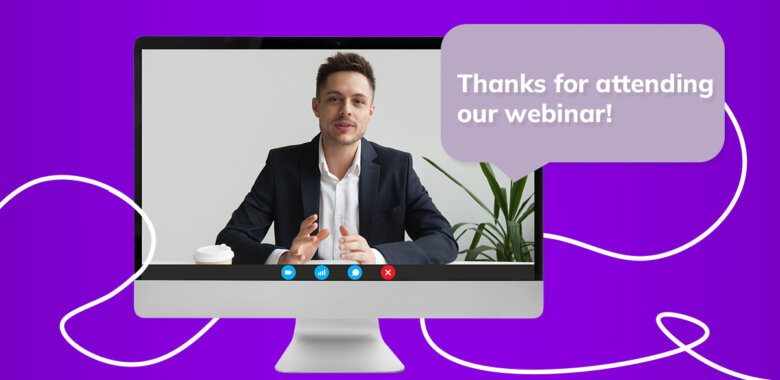CTAs
Any marketing message should aim to elicit a response and, ideally, turn a lead into a customer. Most of your emails will fail and receive no reaction from your leads if they don’t include a strong call to action.
Even with the best subject line, a tried-and-true offer that appeals to your target demographic, and the most tailored email information, it will be difficult to elicit a response if you don’t make it clear what you want the reader to do next.
Effective CTA examples:
- Let me know when you can have a follow-up call this week to have an in-depth discussion regarding this topic.
- Would you like me to send you additional information about our future events?
- Would you mind sharing the topics that you are interested in, so we customize our future event digest for you?
Company contact information
Don’t forget to include the information about how to reach you. You need to properly guide the person so that they can easily find you and convert from a lead to your client. Include the company’s name, email address, phone number and office location info.


















